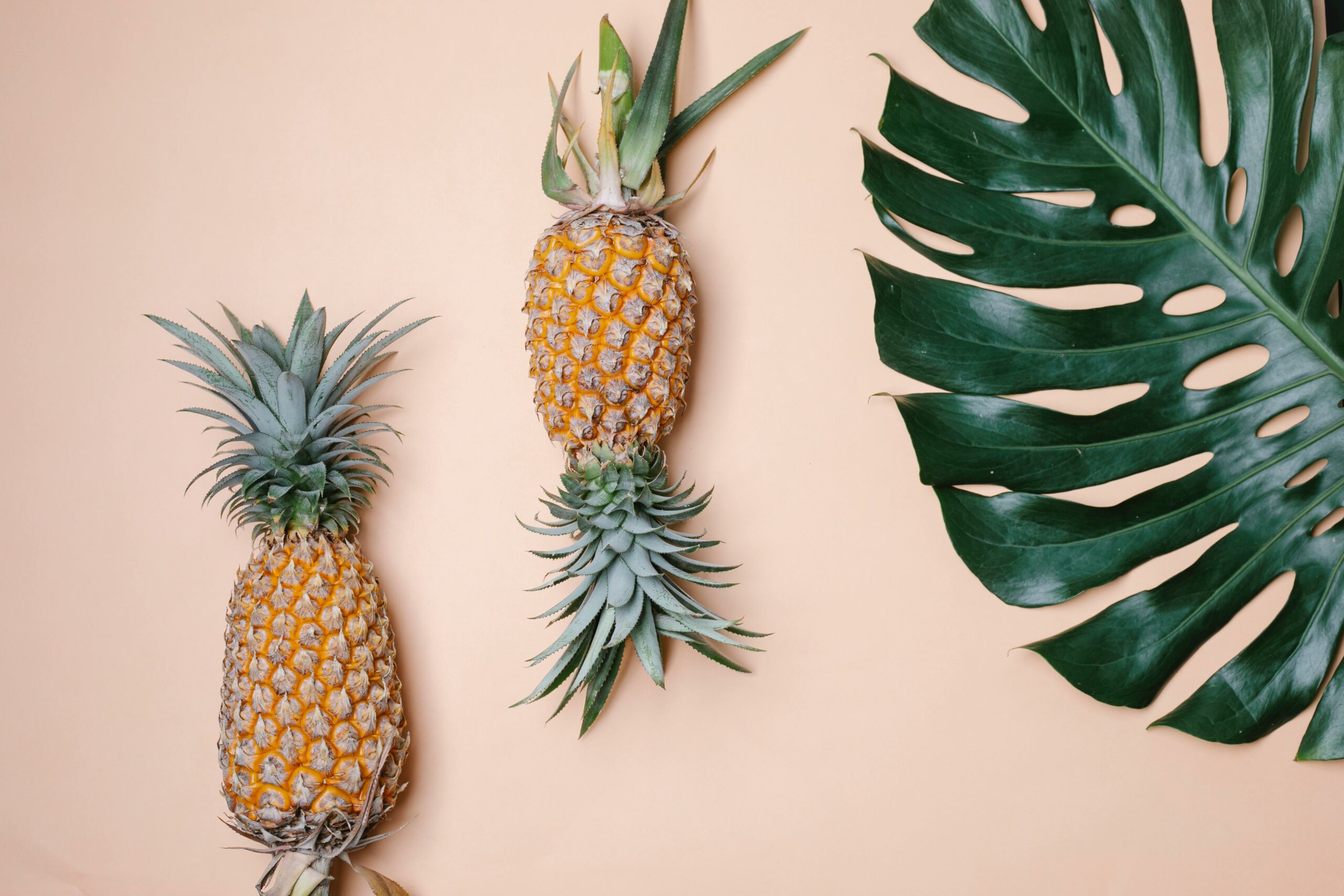
The Advantages of Sustainable Fashion: Embracing New Fibers Like Pineapple
After the fashion industry has faced increasing scrutiny for its environmental impact, from waste generation to significant carbon emissions, sustainable fashion has emerged as a vital movement aimed at reducing the industry’s ecological footprint. One of the most exciting developments in this space is the use of innovative, eco-friendly fibers, such as those made from pineapples. These fibers offer numerous advantages, from waste reduction to climate protection. In this blog article, we will explore the multifaceted benefits of sustainable fashion through the lens of new fibers like pineapple (using the example of a commercially available variety called Piñatex), highlighting their role in creating a greener future for fashion.
1. The Rise of Sustainable Fashion
Sustainable fashion is a broad term that encompasses efforts to minimize the environmental impact of clothing production and consumption. It includes practices such as using organic and recycled materials, reducing waste, conserving water, and ensuring fair labor practices. One of the key drivers of sustainable fashion is the innovation of new fibers that offer eco-friendly alternatives to traditional materials like cotton and polyester.
2. What is Piñatex?
Piñatex is a revolutionary textile made from the fibers of pineapple leaves. Developed by Dr. Carmen Hijosa, Piñatex is derived from the byproducts of the pineapple harvest, making it a prime example of upcycling agricultural waste. The process involves extracting the fibers from the leaves, transforming them into a non-woven mesh, and then finishing them into a durable, leather-like material suitable for fashion and upholstery.
3. Advantages of Pineapple Fibers in Sustainable Fashion
a. Waste Reduction
One of the most significant advantages of using pineapple fibers is their contribution to waste reduction. Pineapple leaves are typically discarded after the fruit is harvested, leading to large amounts of agricultural waste. By utilizing these leaves to produce Piñatex, this waste is given a new purpose, thereby reducing the overall waste generated by pineapple farming.
b. Climate Protection
The use of Piñatex in fashion also contributes to climate protection. Traditional leather production is resource-intensive and has a high environmental impact due to the methane emissions from livestock and the chemicals used in tanning processes. In contrast, Piñatex production has a much lower carbon footprint. It requires fewer resources and avoids the harmful chemicals associated with leather tanning, making it a more climate-friendly option.
c. Water Conservation
Water usage is a critical concern in the fashion industry, particularly in the cultivation of cotton, which requires vast amounts of water. Pineapple farming, however, does not demand additional water resources, as the leaves used for Piñatex are a byproduct of the existing fruit harvest. This significantly reduces the water footprint associated with fabric production.
d. Biodiversity Preservation
Pineapple farming typically involves fewer pesticides and fertilizers compared to other cash crops. By promoting the use of pineapple fibers, sustainable fashion can help preserve biodiversity and protect ecosystems from the harmful effects of agricultural chemicals.
e. Ethical Production
Piñatex production supports ethical practices by providing additional income to pineapple farming communities. Farmers can sell the leaves, which would otherwise be discarded, creating an extra revenue stream and promoting economic sustainability.
4. Beyond Pineapple: Exploring Other Innovative Fibers
While pineapple fibers are a standout example, other innovative materials are making waves in sustainable fashion. These include:
-
- Hemp: A fast-growing plant that requires minimal water and pesticides, producing a strong, durable fabric.
-
- Bamboo: Known for its rapid growth and ability to regenerate quickly, bamboo is used to create soft, breathable textiles.
-
- Eucalyptus: Used to produce Tencel, a biodegradable and compostable fiber made through an eco-friendly process.
-
- Orange Fiber: Made from citrus byproducts, this silk-like material is both luxurious and sustainable.
5. The Future of Sustainable Fashion
The adoption of new fibers like Piñatex represents a significant step toward a more sustainable fashion industry. As consumers become more aware of the environmental impact of their choices, demand for eco-friendly materials is likely to grow. This shift will encourage further innovation and investment in sustainable practices, paving the way for a greener, more ethical future for fashion.
So…
Sustainable fashion, with its focus on reducing waste, conserving resources, and protecting the environment, is a vital movement in today’s world. The use of innovative fibers like those made from pineapples showcases the potential for positive change within the industry. By embracing these new materials, we can contribute to waste reduction, climate protection, and the overall health of our planet. As we look to the future, the continued development and adoption of sustainable practices will be essential in creating a more responsible and eco-friendly fashion industry.


